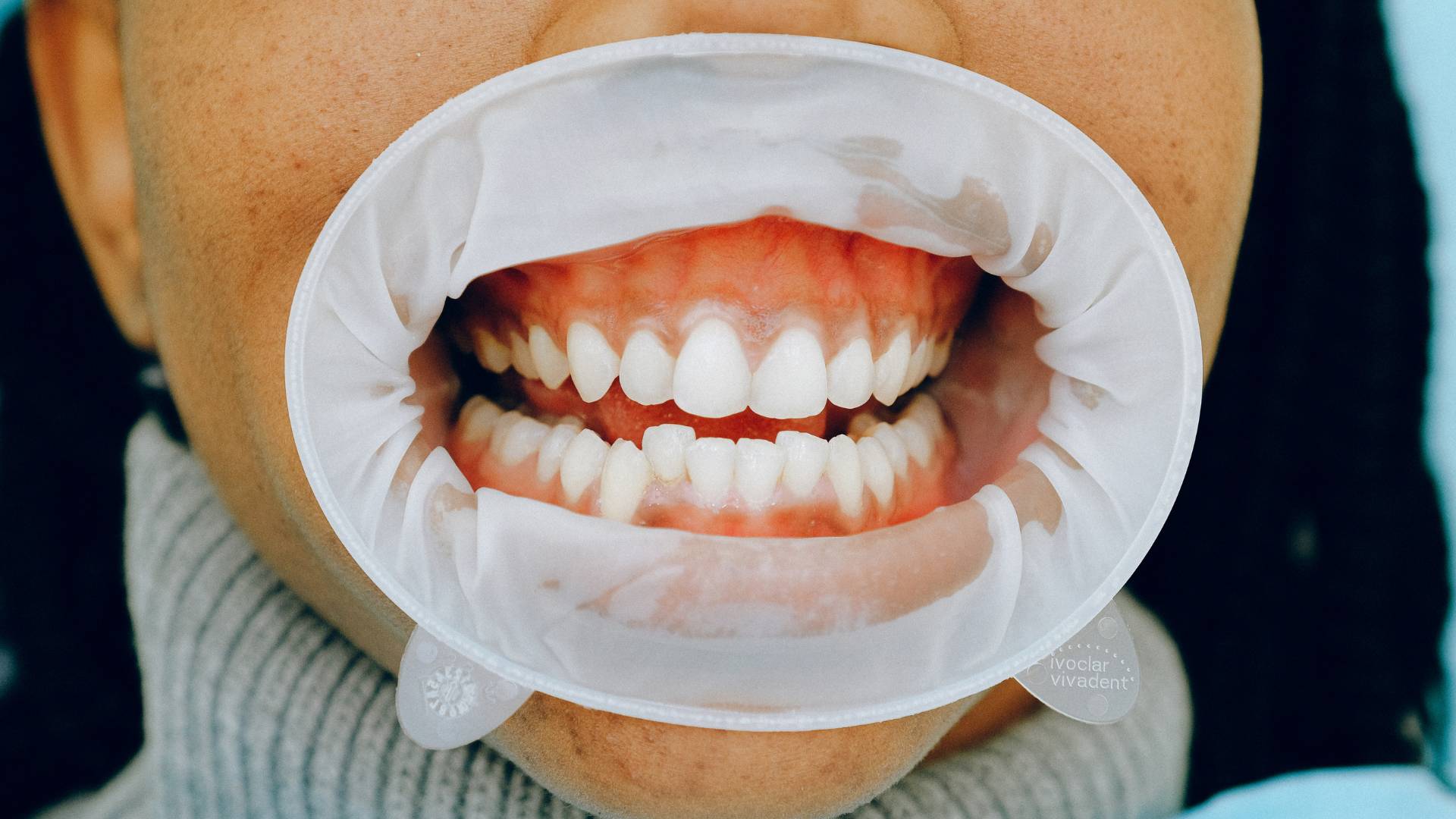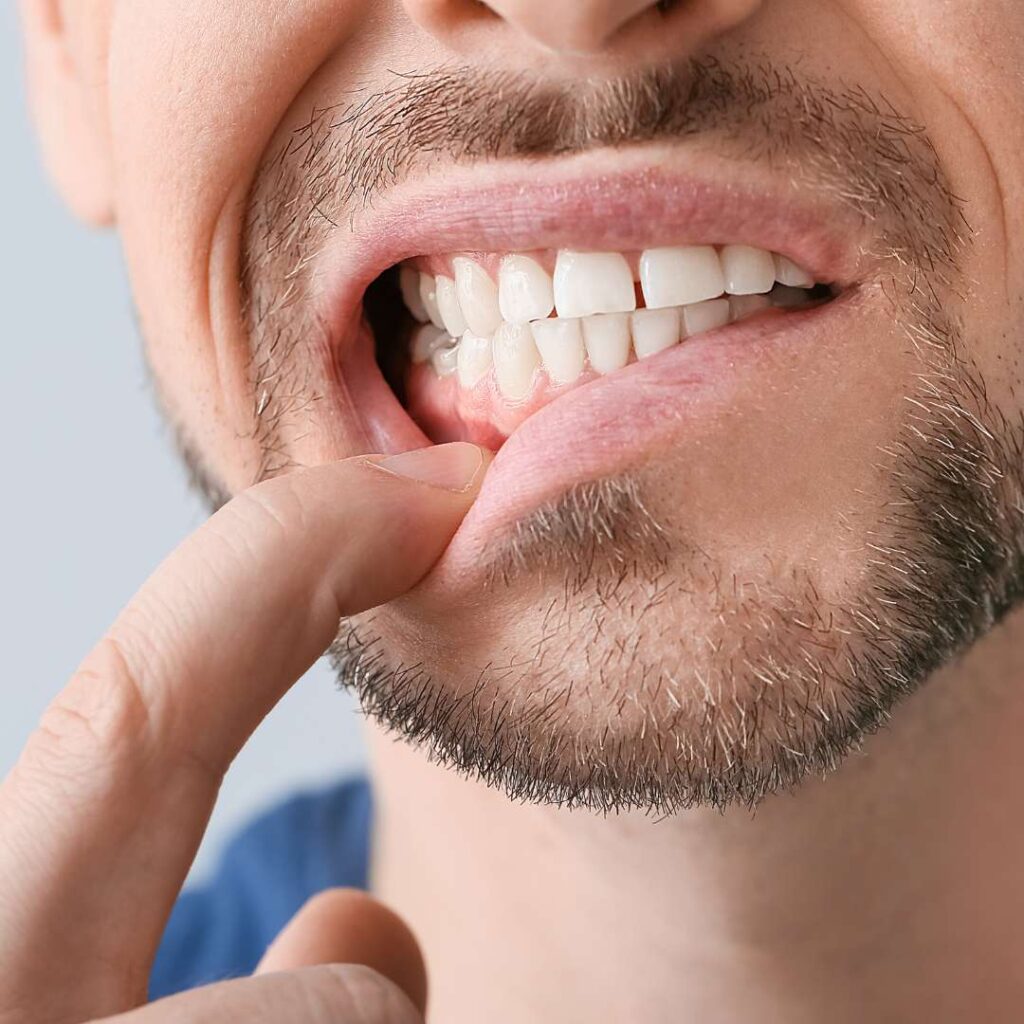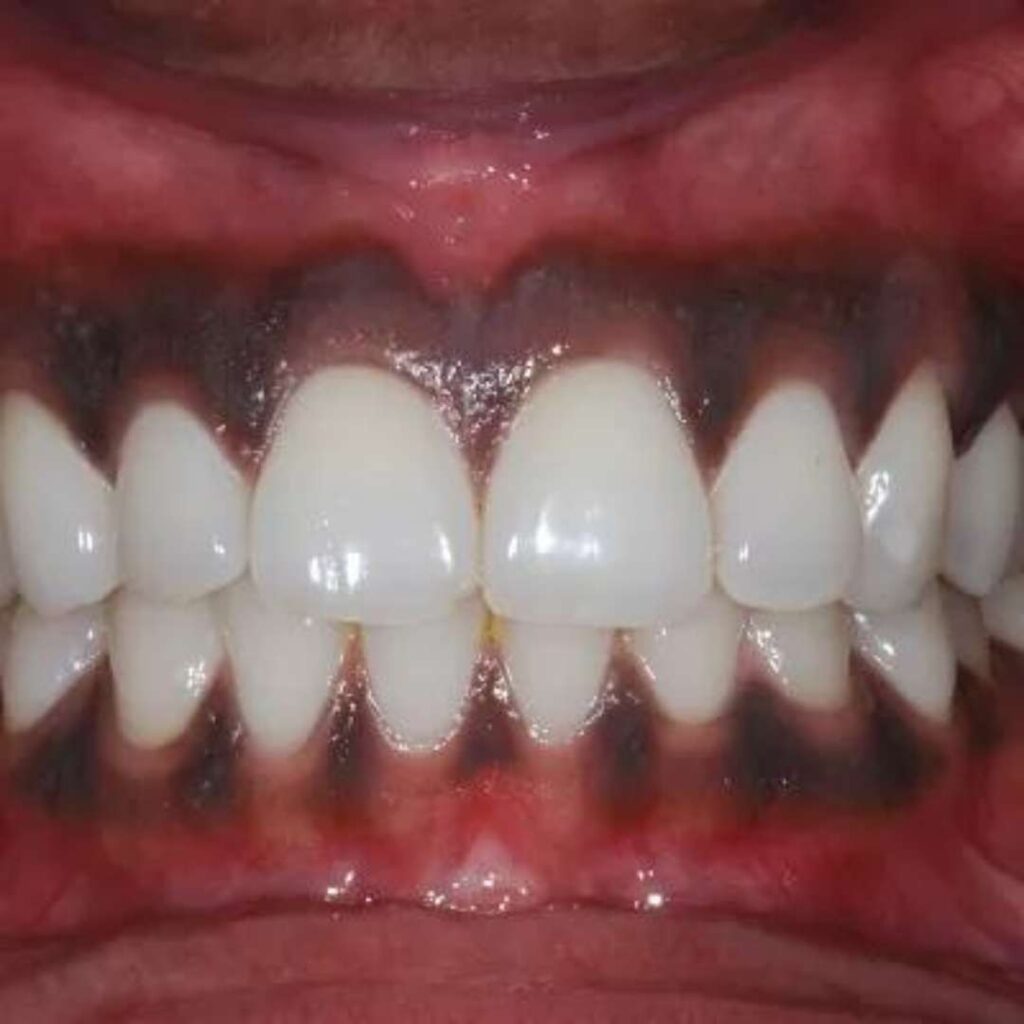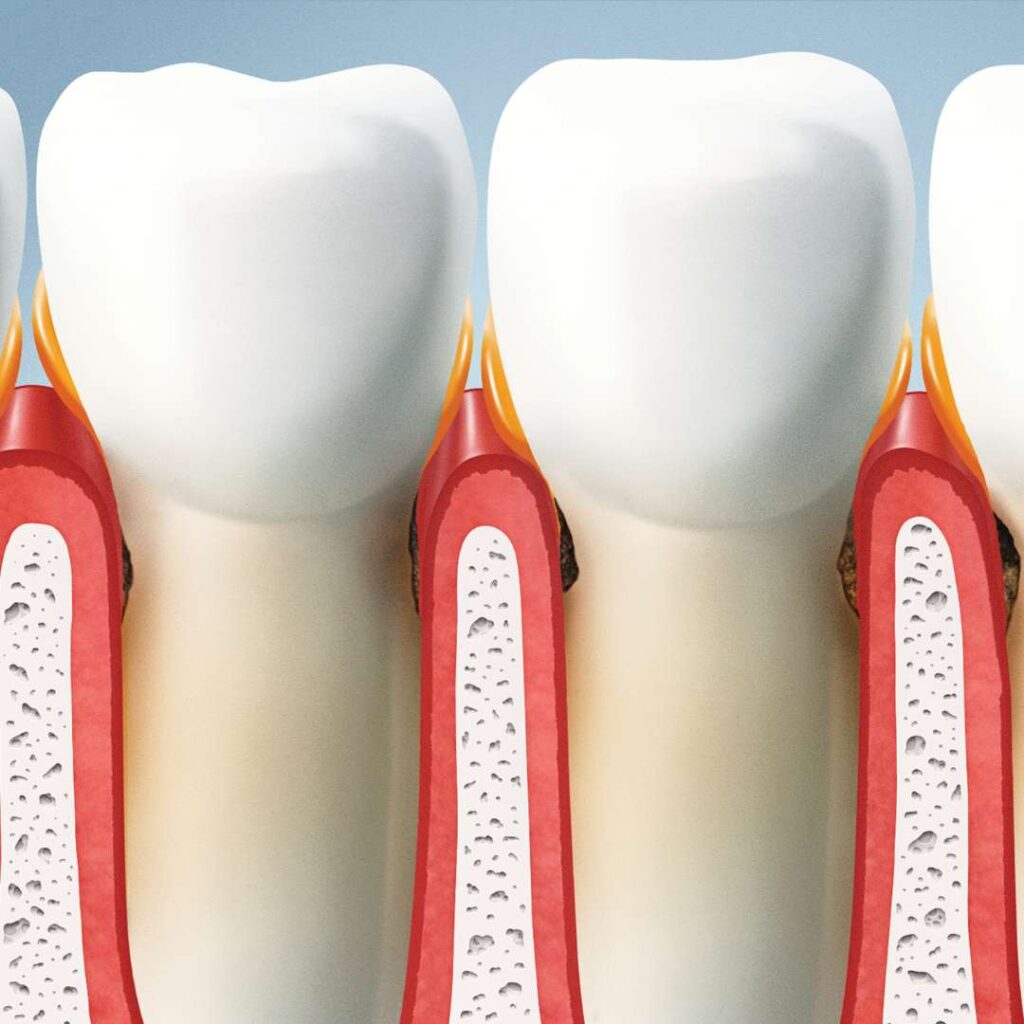
Service available at:
Find our clinic with ease using the directions provided on this page. Whether you’re coming by car, public transportation, or on foot, we’ve got you covered. Check out our hours to make sure we’re open when you plan to visit.
- Beliaghata UnitBeliaghata Unit
- Howrah Maidan UnitHowrah Maidan Unit
Gum Depigmentation in Kolkata :
Gum depigmentation is a procedure used to remove or lighten the pigmentation (color) of the gums. This can be done to improve the appearance of the gums and create a more aesthetically pleasing smile. The procedure involves the removal of the pigmented surface layer of the gums, revealing the pink underlying tissue.
There are two main methods of gum depigmentation:
Surgical depigmentation: This method involves the surgical removal of the pigmented tissue using a scalpel or laser. It is typically done under local anesthesia and may require stitches to close the wound. This method can provide more dramatic results but also has a longer recovery time and may require multiple appointments.
Chemical depigmentation: This method involves the application of a chemical agent, such as hydrogen peroxide, to the pigmented tissue. The chemical causes the pigmentation to fade gradually over a period of time. This method is less invasive than surgical depigmentation, but the results may not be as dramatic and multiple appointments may be required.
What Procedures Are Needed?
After the procedure, there may be some pain, swelling, and bleeding in the treated area. The patient will be given post-operative instructions on how to care for the treated area, including how to keep it clean, how to avoid certain foods, and how to manage pain and swelling. The recovery time will depend on the method used, but the patient should expect some minor discomfort for a few days.
It’s important to note that gum depigmentation is a cosmetic procedure, and not necessary for the health of the gums. It’s also important to note that the procedure may not be permanent, and the pigmentation may return over time.
Overall, Gum depigmentation is a procedure that aims to remove or lighten the pigmentation of the gums, improving the appearance of the gums and creating a more aesthetically pleasing smile. There are two main methods of gum depigmentation: surgical depigmentation, and chemical depigmentation. The recovery time will depend on the method used, but the patient should expect some minor discomfort for a few days. It’s also important to note that the procedure may not be permanent, and the pigmentation may return over time.
FAQs About Gum Depigmentation:
The procedure may cause some pain, swelling, and bleeding in the treated area. The patient will be given post-operative instructions on how to manage pain and swelling, such as taking over-the-counter pain medication and applying cold compresses
Recovery time will depend on the method used, but the patient should expect some minor discomfort for a few days. The healing process may take a few weeks.
The procedure may not be permanent, and the pigmentation may return over time. It is important to avoid exposing the treated area to excessive sun or heat, as this can cause the pigmentation to return.
No, gum depigmentation is a cosmetic procedure and not necessary for the health of the gums.



Aftercare of gum depigmentation treatment:
After gum depigmentation, it is important to follow the post-operative instructions provided by your dentist or dental surgeon. This may include:
- Keeping the treated area clean: The patient should brush and floss the treated area gently, being careful not to disturb the healing tissue. The patient should also rinse the mouth with salt water or an antiseptic solution as directed.
- Managing pain and swelling: The patient may experience some pain and swelling in the treated area. Over-the-counter pain medication and cold compresses can help to alleviate these symptoms.
- Avoiding certain foods and drinks: The patient should avoid spicy, hot, or crunchy foods, as well as alcohol and tobacco, as these can irritate the treated area and slow down the healing process.
- Monitoring the treated area: The patient should keep an eye on the treated area for any signs of infection or complications, such as excessive bleeding, prolonged pain, or fever. If any of these occur, the patient should contact their dentist or dental surgeon immediately.
- Taking antibiotics or other medication as prescribed: If your dentist prescribed any medication, ensure that you take them as directed.
- Scheduling follow-up appointments: The patient should schedule follow-up appointments with their dentist or dental surgeon to monitor the healing process and ensure that the treatment was successful.
It is important to note that the healing process may take a few weeks, and the patient should expect some minor discomfort during this time. The patient should also avoid exposing the treated area to excessive sun or heat, as this can cause the pigmentation to return. The healing process may take a few weeks and the patient should expect some minor discomfort during this time. The patient should also avoid exposing the treated area to excessive sun or heat, as this can cause the pigmentation to return.

